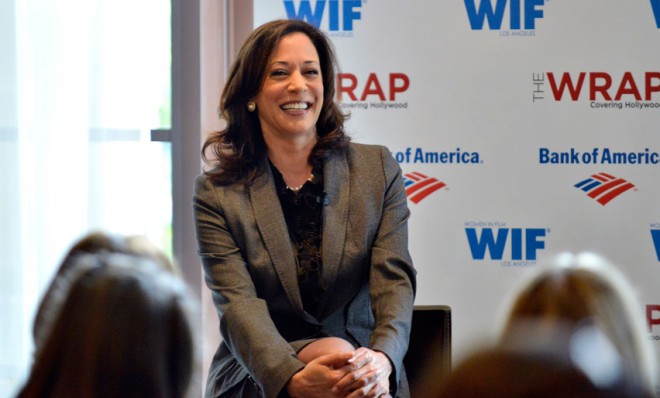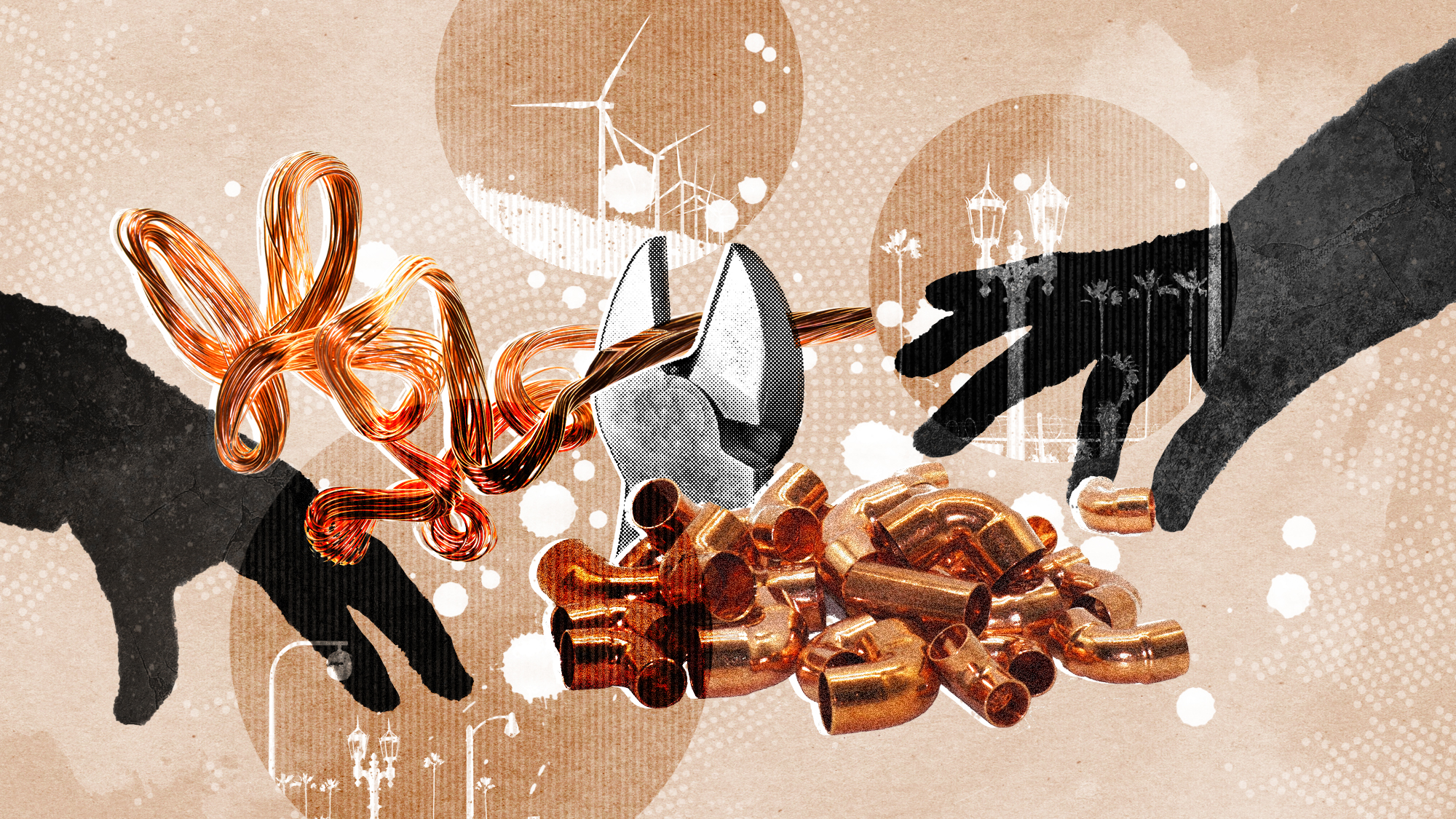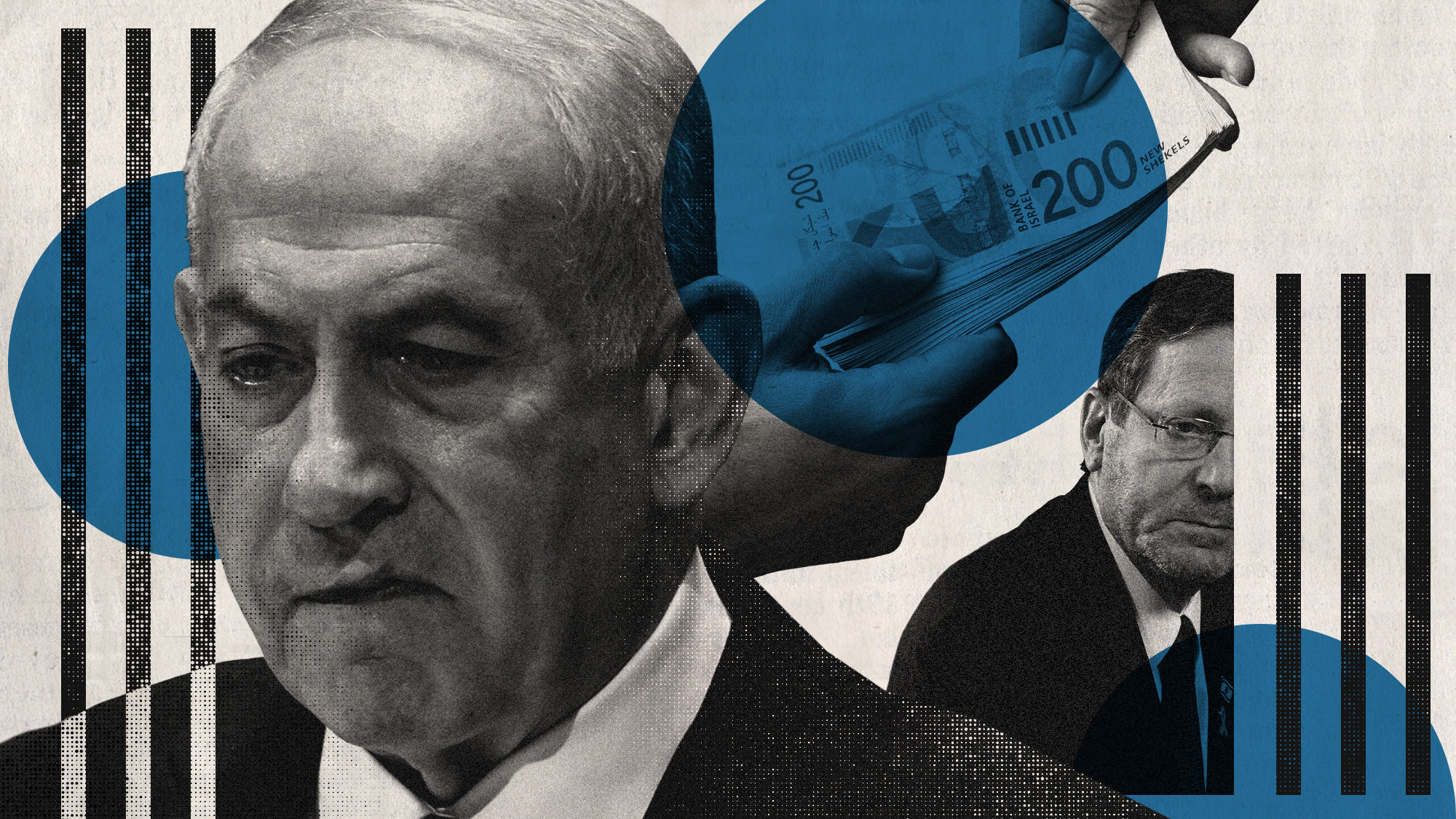Why even mentioning a female candidate's appearance can hurt her campaign
Note to men: Calling a woman like Kamala Harris pretty isn't going to help her political career

When President Obama called California Attorney General Kamala Harris "the best-looking attorney general in the country," the reactions ranged from liberal outrage to shrugged shoulders. Little did anyone know that Obama may have hurt her future political career.
That's because when the media focuses on a female candidate's appearance — whether it's positive, negative, or neutral — it drags down her poll numbers, according to a new study conducted by the Women's Media Center and women's advocacy group She Should Run.
The researchers asked 1,500 likely voters about a fictional male and female candidate. Some voters got information about each candidate without a physical description. Others got one of the following descriptions, taken from real campaign coverage during the 2012 elections:
The Week
Escape your echo chamber. Get the facts behind the news, plus analysis from multiple perspectives.

Sign up for The Week's Free Newsletters
From our morning news briefing to a weekly Good News Newsletter, get the best of The Week delivered directly to your inbox.
From our morning news briefing to a weekly Good News Newsletter, get the best of The Week delivered directly to your inbox.
Neutral description: Smith dressed in a brown blouse, black skirt, and modest pumps with a short heel…
Positive description: In person, Smith is fit and attractive and looks even younger than her age. At the press conference, smartly turned out in a ruffled jacket, pencil skirt, and fashionable high heels….
Negative description: Smith unfortunately sported a heavy layer of foundation and powder that had settled into her forehead lines, creating an unflattering look for an otherwise pretty woman, along with her famous fake, tacky nails. [Name It. Change It.]
It turns out that the female candidates with neutral, positive, and negative physical descriptions garnered 46, 43, and 42 percent of the vote, respectively. When there was no physical description, the female candidate scored 50 percent of the vote, leading the study's authors to conclude that paying any attention to a female candidate's appearance "hurt her likability" and made "voters less likely to vote for her."
The results have serious implications for American elections, writes Amanda Hess in Slate:
When Obama pointed attention to Kamala Harris’ looks, Politico media reporter Dylan Byers asked, "How did it become so difficult to call a woman good looking in public?" Name It. Change It.’s report suggests that it’s relatively easy for media commentators like Byers to call a woman hot — they just make it very hard for that woman to win. [Slate]
The study also suggests "that male candidates may have a big incentive to get their female opponent's looks talked about by the media," says Elizabeth Flock in U.S. News & World Report. Flock points out that "last week, a South Carolina GOP official noted that Elizabeth Colbert Busch, the Democrat facing former South Carolina Gov. Republican Mark Sanford in a special election for a South Carolina congressional seat, was 'not a bad-looking lady,' resulting in some 100 news stories on the comment."
How should female candidates respond to appearance-centric coverage? The study also found that voters react positively to candidates defending themselves against superficial coverage. In that respect, female politicians can follow Hillary Clinton's lead. She once won political points by saying, "If we ever want to get Bosnia off the front page, all I have to do is change my hair."
A free daily email with the biggest news stories of the day – and the best features from TheWeek.com
Keith Wagstaff is a staff writer at TheWeek.com covering politics and current events. He has previously written for such publications as TIME, Details, VICE, and the Village Voice.
-
 The great global copper swindle
The great global copper swindleUnder the Radar Rising prices and easy access makes the metal a ‘more attractive target for criminals looking for a quick profit’
-
 ‘They’re nervous about playing the game’
‘They’re nervous about playing the game’Instant Opinion Opinion, comment and editorials of the day
-
 Will Netanyahu get a pardon?
Will Netanyahu get a pardon?Today's Big Question Opponents say yes, if he steps down
-
 Has Zohran Mamdani shown the Democrats how to win again?
Has Zohran Mamdani shown the Democrats how to win again?Today’s Big Question New York City mayoral election touted as victory for left-wing populists but moderate centrist wins elsewhere present more complex path for Democratic Party
-
 Millions turn out for anti-Trump ‘No Kings’ rallies
Millions turn out for anti-Trump ‘No Kings’ ralliesSpeed Read An estimated 7 million people participated, 2 million more than at the first ‘No Kings’ protest in June
-
 Ghislaine Maxwell: angling for a Trump pardon
Ghislaine Maxwell: angling for a Trump pardonTalking Point Convicted sex trafficker's testimony could shed new light on president's links to Jeffrey Epstein
-
 The last words and final moments of 40 presidents
The last words and final moments of 40 presidentsThe Explainer Some are eloquent quotes worthy of the holders of the highest office in the nation, and others... aren't
-
 The JFK files: the truth at last?
The JFK files: the truth at last?In The Spotlight More than 64,000 previously classified documents relating the 1963 assassination of John F. Kennedy have been released by the Trump administration
-
 'Seriously, not literally': how should the world take Donald Trump?
'Seriously, not literally': how should the world take Donald Trump?Today's big question White House rhetoric and reality look likely to become increasingly blurred
-
 Will Trump's 'madman' strategy pay off?
Will Trump's 'madman' strategy pay off?Today's Big Question Incoming US president likes to seem unpredictable but, this time round, world leaders could be wise to his playbook
-
 Democrats vs. Republicans: who are US billionaires backing?
Democrats vs. Republicans: who are US billionaires backing?The Explainer Younger tech titans join 'boys' club throwing money and support' behind President Trump, while older plutocrats quietly rebuke new administration